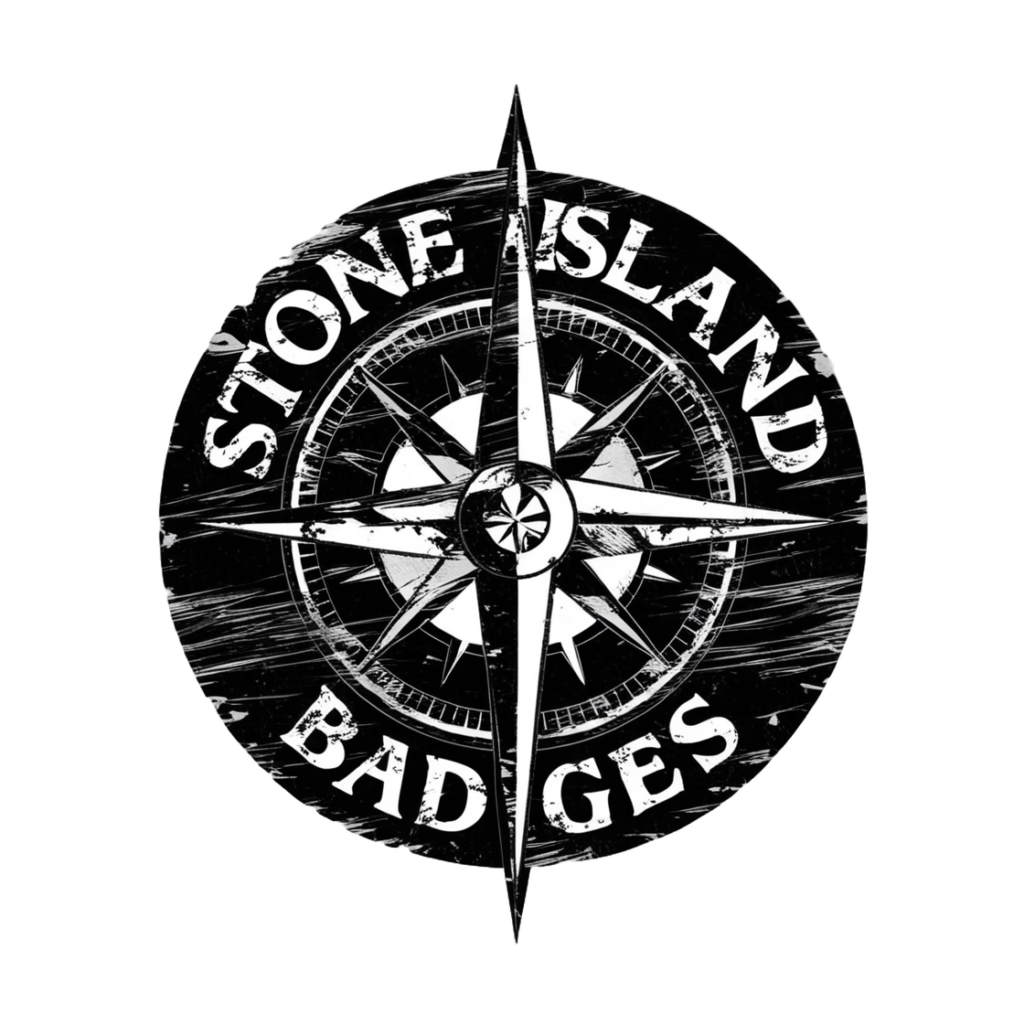Uncategorized
Why the Placement of Your Stone Island Badge Matters More Than You Think: Left vs. Right Explained
Understanding the Stone Island Badge: Left or Right?
The Stone Island badge is not just a mere emblem; it represents a cultural phenomenon and an iconic symbol in contemporary fashion. When discussing the placement of the “Stone Island badge left or right,” it’s essential to explore its significance, authenticity, and the trends that surround this stylish insignia.
The Importance of Badge Placement
The Stone Island badge is typically placed on the upper left sleeve of the garment. This has become a standardized practice among authentic Stone Island apparel, so if you come across a jacket or sweatshirt with the badge on the right side, it is most likely a counterfeit piece. Authentic garments feature the badge prominently on the left, showcasing the brand’s commitment to its recognizable identity.
How to Spot a Fake Stone Island Badge
Identifying a genuine Stone Island badge involves examining various characteristics. According to an informative guide by Fritidskläder, there are specific traits that differentiate authentic badges from fakes:
- Dimensions: The standard size for a Stone Island badge is approximately 4.5 cm by 9 cm. If the badge deviates significantly from these dimensions, it might be counterfeit.
- Stitching Details: Authentic badges exhibit high-quality stitching. The reverse side should show neat, white stitching, while fake badges often lack this detail.
- Material and Color: Genuine badges are crafted from premium materials, featuring a vibrant color palette of green and yellow against a black background, resembling a wind rose compass.
Cultural Significance of the Badge
The Stone Island badge has transcended its role as a mere label. It has become a statement of style and belonging, especially among fashion enthusiasts and celebrities. The phenomenon known as “getting the badge in” has gained traction on social media platforms, where individuals strategically position their left arm to display the badge in photos. This trend not only enhances the badge’s visibility but also reinforces its status as a symbol of fashion credibility and cultural capital (The Face).
Community and Social Media Influence
As the online community around Stone Island continues to thrive, the badge’s placement has sparked discussions and memes, further embedding it within the contemporary fashion narrative. The Twitter account “Get The Badge In” has rapidly amassed a following by sharing creative showcases of the Stone Island badge, demonstrating how the culture around this emblematic piece of clothing is evolving (The Face).
Tips for Authenticating Your Stone Island Badge
To ensure you’re investing in authentic Stone Island apparel, keep the following points in mind:
- Check the Packaging: Authentic products typically arrive in branded packaging, complete with tags and barcodes. Be wary of plain, unmarked boxes.
- Inspect the Zippers and Buttons: Genuine Stone Island pieces utilize high-quality zippers (Lampo or YKK) and buttons that feature engraved branding. Any discrepancies can indicate a fake.
- Verify the ART Number: Since 1986, Stone Island has used ART numbers for product traceability. Ensure that the first two digits correspond to the correct season and year.
- Use Certilogo: Since 2014, Stone Island has provided a unique Certilogo code for authenticity verification. Utilize this feature to confirm your purchase (Fritidskläder).
Conclusion
In conclusion, the question of whether the Stone Island badge is placed on the left or right side is more than a matter of aesthetics; it’s a significant aspect of authenticity. The left sleeve is the rightful home for this emblem, denoting a genuine piece of fashion history. By understanding the key indicators of authenticity and the cultural relevance of the Stone Island badge, fashion enthusiasts can make informed choices and proudly wear their garments, ensuring they are part of this iconic legacy.
For more insights on spotting fakes and understanding fashion trends, feel free to explore the resources provided (Fritidskläder, The Face).
